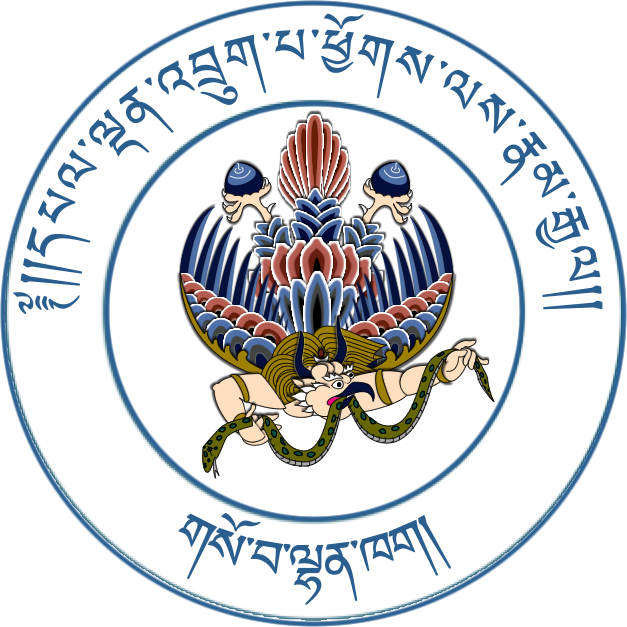Blood Safety Program
Background
The national health policy states that, “all blood and its component shall be made available in adequate quantities to all those who would clinically require transfusion”.
With gradual National economic progress, changing social lifestyles along with prevalent risk factors for Non Communicable Disease (NCDs) among its population, Bhutan has been experiencing substantial impact of NCDs. Some of these NCDs are well-recognized major public health problems, especially chronic liver and kidney diseases, cervical, stomach and other blood cancers that require multiple blood transfusions as part of the patient management.
The continued use of blood in conditions like pregnancy and child birth-related complications and acute blood loss due to accidents, violence and severe childhood anemia add to this burden.
This has led to an increase in the demand for blood requirements thus necessitating the need for a regular, reliable and stable blood donor pool for current and future sustainable and self-sufficient blood supply in the country further to promote and to obtain all the blood supplies from 100% voluntary unpaid donors by 2020.
These demands can be met easily, with just 1% of the adult population donating blood voluntarily at least once and preferably thrice a year.
Currently the Blood Safety Program operates under Healthcare and Diagnostic Division (HCDD) of the Department of Medical services (DMS) of Ministry of Health (MoH). Provision of blood and blood products to the urban and rural areas is decentralized throughout the country, wherein all the hospital blood banks are responsible for carrying out the functions of blood collection, testing, processing, storage and supply to the clinical areas for transfusion purposes.
Thus, the high demands on blood safety and adequacy are difficult to be met and sustained when there are a large number of scattered laboratory based blood banks with varying degrees of infrastructure, technical capability and competency.
Mission statement
Ensure adequate, timely and easily accessible supply of safe and quality blood and blood products to all and ensuring adequate resources for the operation of a sustainable National Blood Program.
Objectives
- To achieve sufficiency and balance in the blood demand and supply system
- To promote voluntary, non-remunerated blood donation (VNRBD) and phase out the family/replacement system
- To improve quality and safety of blood and blood products
Strategies
- Motivating and educating general population on importance of blood donation
- Estimating national blood requirements and promoting voluntary blood donation
- Developing national guidelines and informative materials on various aspects of blood transfusion
- Retention of voluntary Donors
- Annual Monitoring and Evaluation
- Annual IEQAS ( International External Quality Assurance scheme) and NEQAS ( National External Quality Assessment Scheme)
- Consolidation of 27 Blood Banks to 6 Blood Centers
- Adequate provision of human resource and equipment in the blood centers
- Developing National Blood Policy and strategic plan for National Blood Transfusion services(NBTS)
- Building partnerships and working with collaborators on projects related to blood safety
- Capacity building and training staff
About Us
Want to become a blood donor?
Register nowWant to donate blood?
Book an appointmentWho can donate blood?
View DetailsWant to organize blood donation camp?
Submit camp
